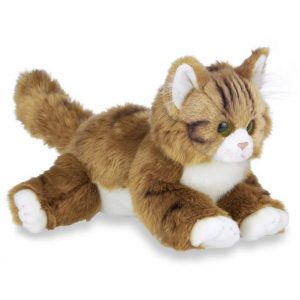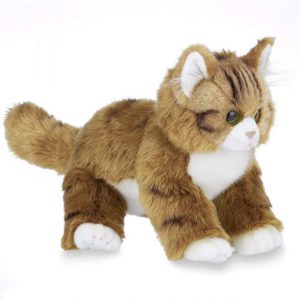Ancient Origins: The origins of stuffed animals can be traced back to ancient civilizations. Archaeological evidence suggests that ancient Egyptians and Greeks created soft toys, often made from cloth or animal skins, for children to play with and find comfort in.
Medieval Times: During the Middle Ages, stuffed animals were often fashioned from cloth and filled with straw or other natural materials. They were sometimes used as playthings or as decorative items in noble households.
Renaissance and Beyond: The Renaissance period saw the emergence of more sophisticated stuffed animals, with detailed designs and higher-quality materials. Stuffed animals became popular among European royalty and aristocrats, serving as both toys and decorative pieces.
The Rise of Teddy Bears: In the early 20th century, the iconic teddy bear was born. The story of President Theodore Roosevelt’s refusal to shoot a bear cub during a hunting trip inspired a toymaker to create the first “Teddy’s Bear” in 1902. The teddy bear quickly became a symbol of comfort, love, and childhood innocence.
Mass Production and Popularity: With advancements in manufacturing and the introduction of synthetic materials, stuffed animals became more affordable and widely available. Mass production allowed them to reach a broader audience, bringing comfort to children and adults from all walks of life.
Therapeutic Applications: In the mid-20th century, psychologists and therapists began recognizing the therapeutic benefits of stuffed animals for children facing emotional or psychological challenges. Stuffed animals were introduced in various forms of therapy, such as play therapy, to aid in emotional expression and healing.
Cultural Significance: Stuffed animals hold cultural significance in various societies around the world. In Japan, for example, the concept of “kawaii” (cuteness) has led to the popularity of “kawaii” stuffed animals that provide comfort and joy.
Modern Variations: In recent years, stuffed animals have continued to evolve with technological advancements. Interactive plush toys, which can talk, move, or respond to touch, have become increasingly popular, offering even more companionship and engagement.
Charity and Social Impact: Stuffed animals have been used in charitable endeavors to bring comfort to children facing adversity, such as those in hospitals or orphanages. Organizations and individuals often donate stuffed animals as a way to provide comfort and support during difficult times.
Today, stuffed animals remain beloved companions and cherished keepsakes for people of all ages. They continue to play an essential role in providing comfort, emotional support, and a sense of security, reminding us of the enduring magic that these soft, cuddly creatures hold in our hearts.








